Hasta mudra is a Sanskrit term that means “hand gesture”. It refers to a variety of hand positions that are used in yoga, meditation, and other spiritual practices. These gestures are believed to have a variety of benefits, including improving concentration, reducing stress, and promoting healing.
Table of Contents
ToggleHow Many Types of Hasta Mudras Exist ?
Generally:
- Hundreds: Across multiple disciplines like Yoga, Meditation, and Indian Classical Dance, estimates range from 399 to 450 types of mudras.
Yoga:
- 108: The Hatha Yoga Pradipika describes 108 primary mudras, although several variations and combinations exist.
- Five categories: Mudras are often categorized into Hasta (hand gestures), Māna (eye gestures), Kaya (body postures), Bandha (energy locks), and Adhara (focal points).
- 24-32: Bharatanatyam uses 28-32 root mudras, while Kathakali has 24 and Odissi has 20. Each style utilizes additional combinations and variations.
Here Are some Hasta Mudra ! You Should Try
Jnana Mudra (Gyan Mudra):

This gesture of knowledge and wisdom is formed by touching the tip of the thumb to the tip of the index finger, while the other three fingers remain extended. It’s believed to improve concentration, memory, and clarity of thought.
Chin Mudra:

This meditation mudra is formed by touching the tip of the thumb to the base of the index finger, with the other fingers extended. It’s believed to promote focus, inner peace, and spiritual awareness.
Abhaya Mudra:
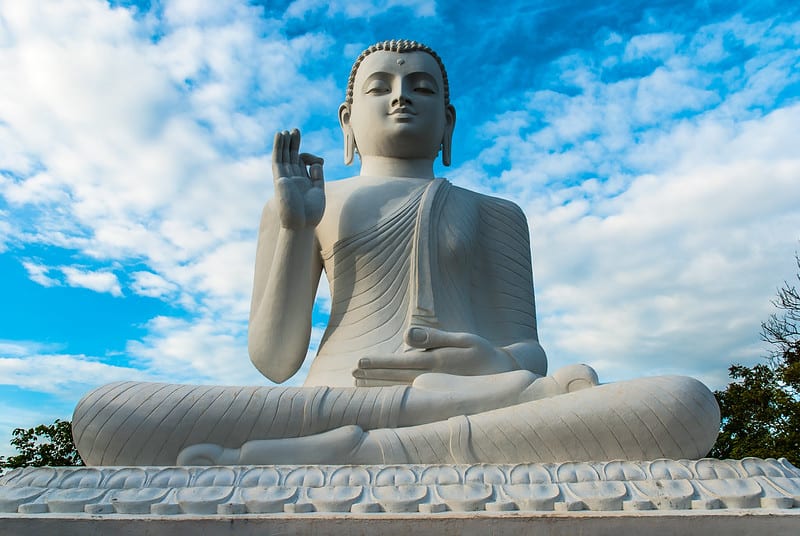
This gesture of fearlessness and protection is formed by raising both hands palms outwards, fingers pointing upwards. It’s believed to instill courage, dispel anxiety, and offer a sense of security.
Prithvi Mudra:
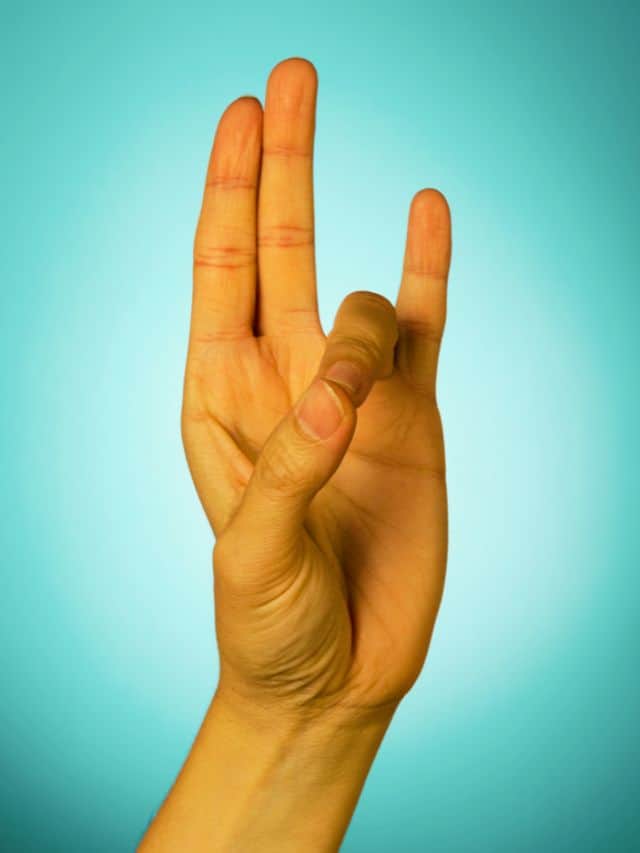
This grounding mudra is formed by touching the thumb to the ring finger, while the other fingers remain extended. It’s believed to connect you to the earth element, providing stability and emotional balance.
Vayu Mudra:
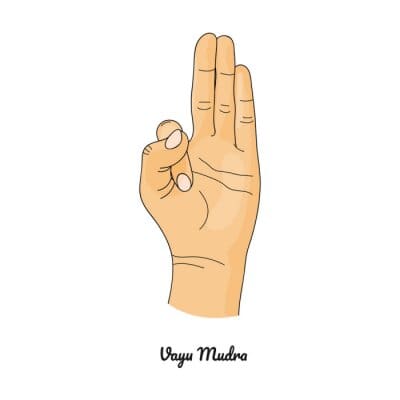
This energizing mudra is formed by extending the index finger and middle finger upwards, while the thumb touches the base of the little finger and the ring finger curls inwards. It’s believed to stimulate the air element, promoting vitality and circulation.
Benefits of Hasta Mudra
- Improved concentration and focus
- Reduced stress and anxiety
- Promoted healing
- Increased energy and vitality
- Improved sleep quality
- Enhanced spiritual awareness

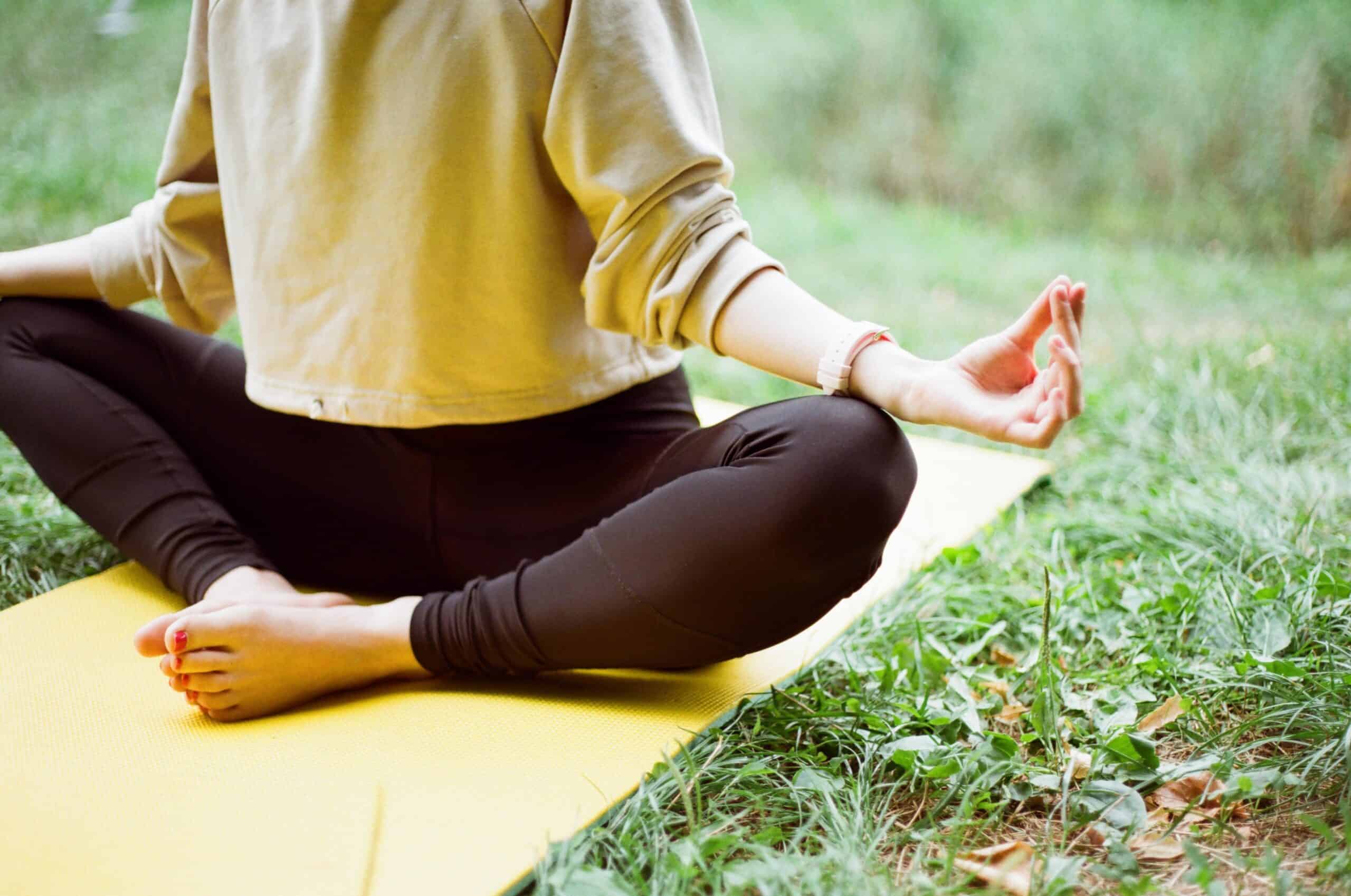
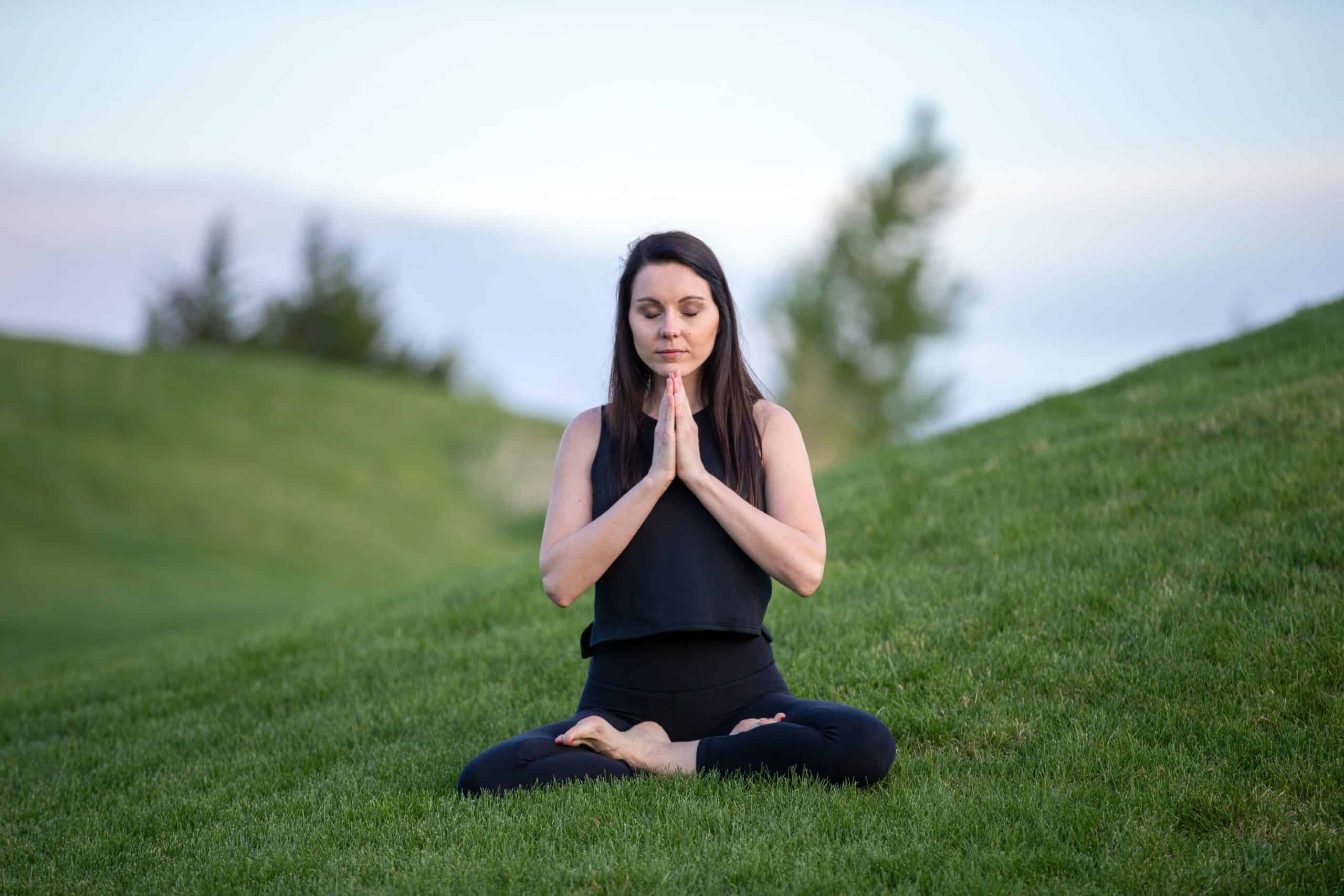
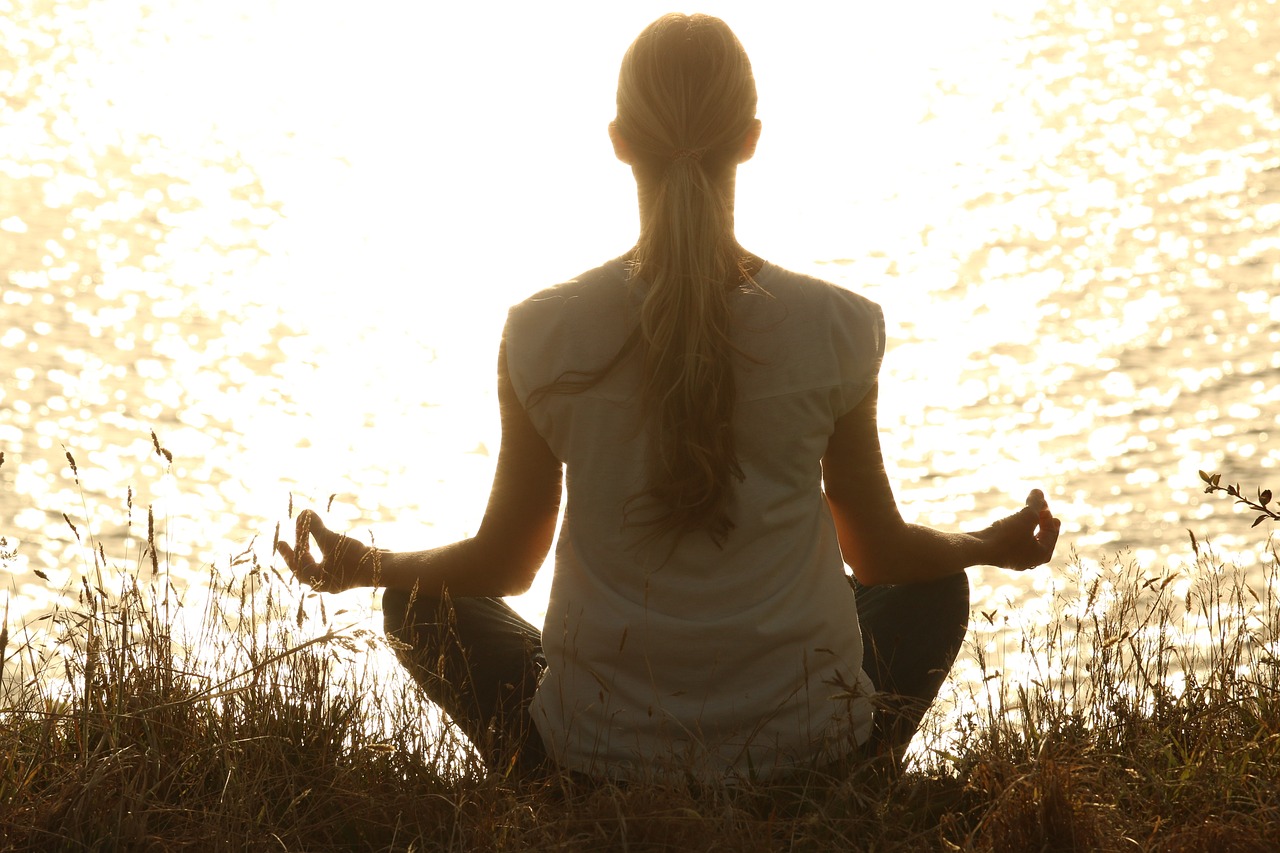

No Comments